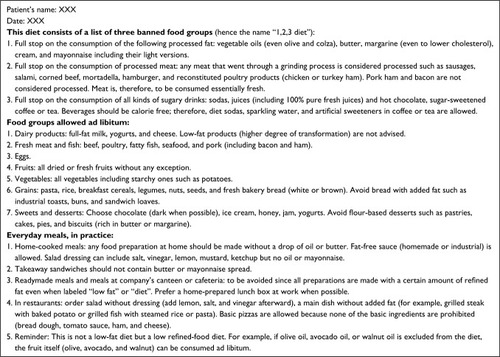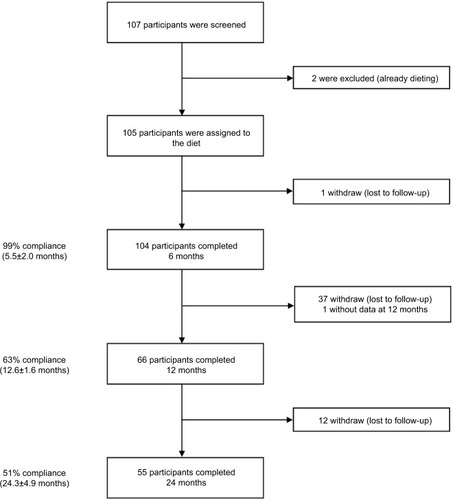Figures & data
Table 1 Baseline characteristics of the study participantsTable Footnotea
Figure 3 Weight changes over 2 years.
Figure 4 Weight changes according to initial BMI (A) and type 2 diabetes mellitus (B) at various time points.
Abbreviation: BMI, body mass index.
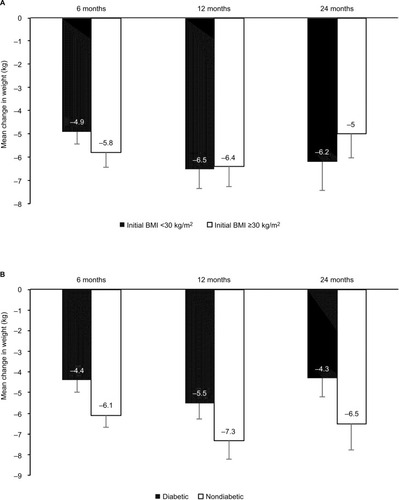
Note: Vertical bars indicate standard errors.

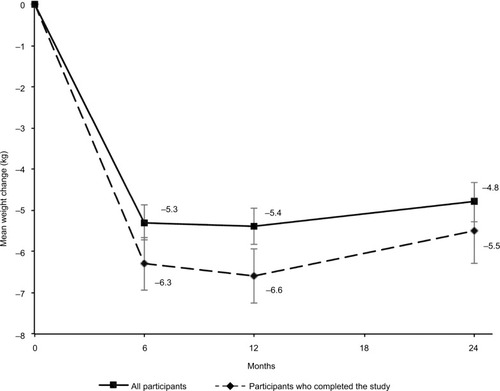
Figure 4 Weight changes according to initial BMI (A) and type 2 diabetes mellitus (B) at various time points.
Abbreviation: BMI, body mass index.

Figure 5 HbA1c at various time points.
Abbreviations: HbA1c, glycated hemoglobin.
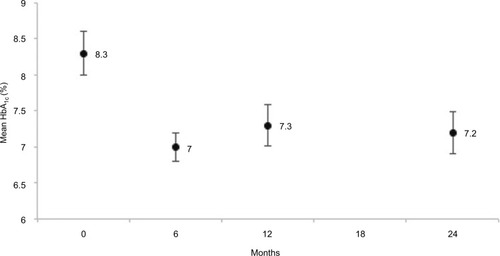
Table 2 Diet composition (g/day) as estimated from 3-day food record among completers (n=51) at baseline and at 2 years

